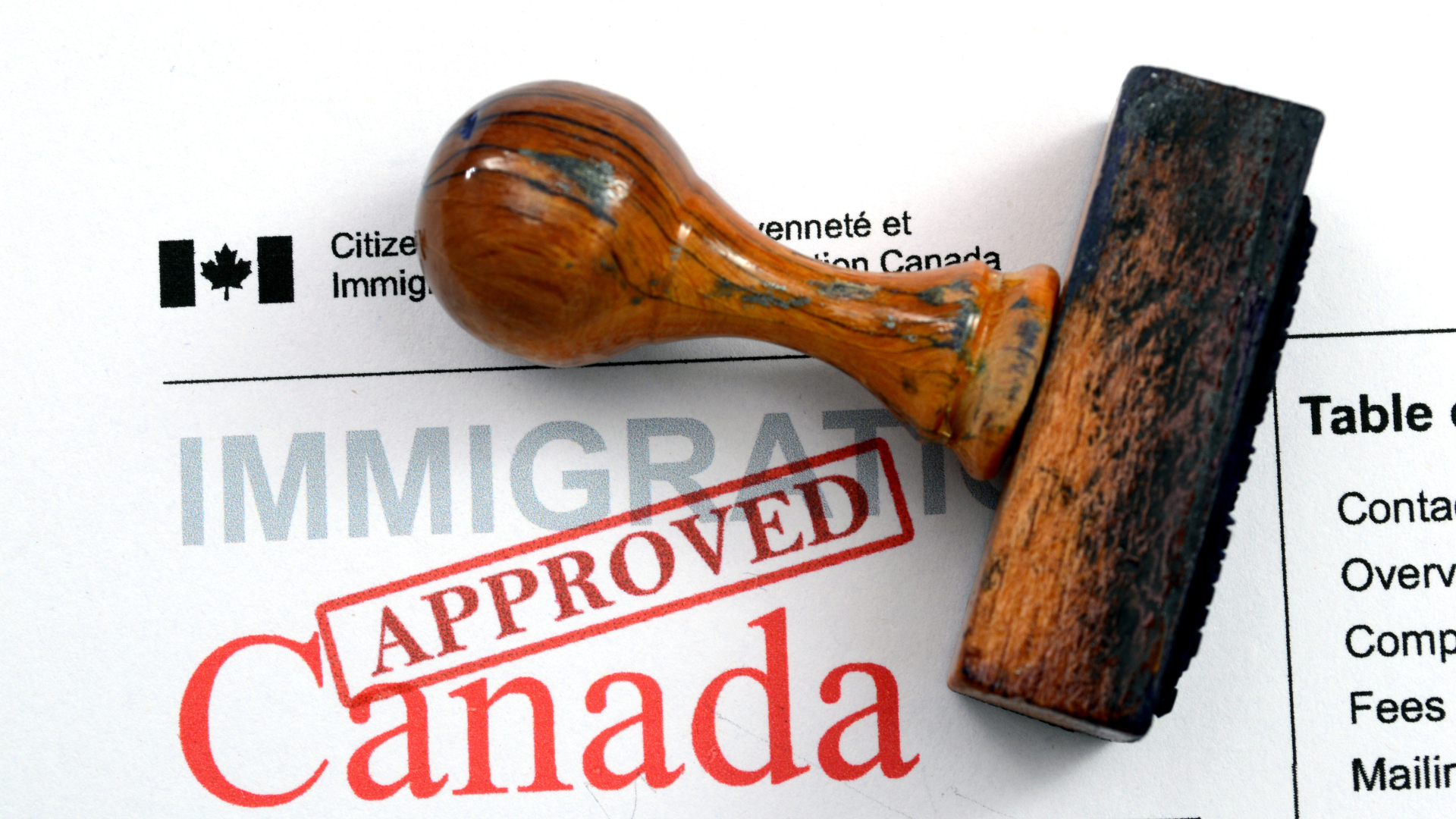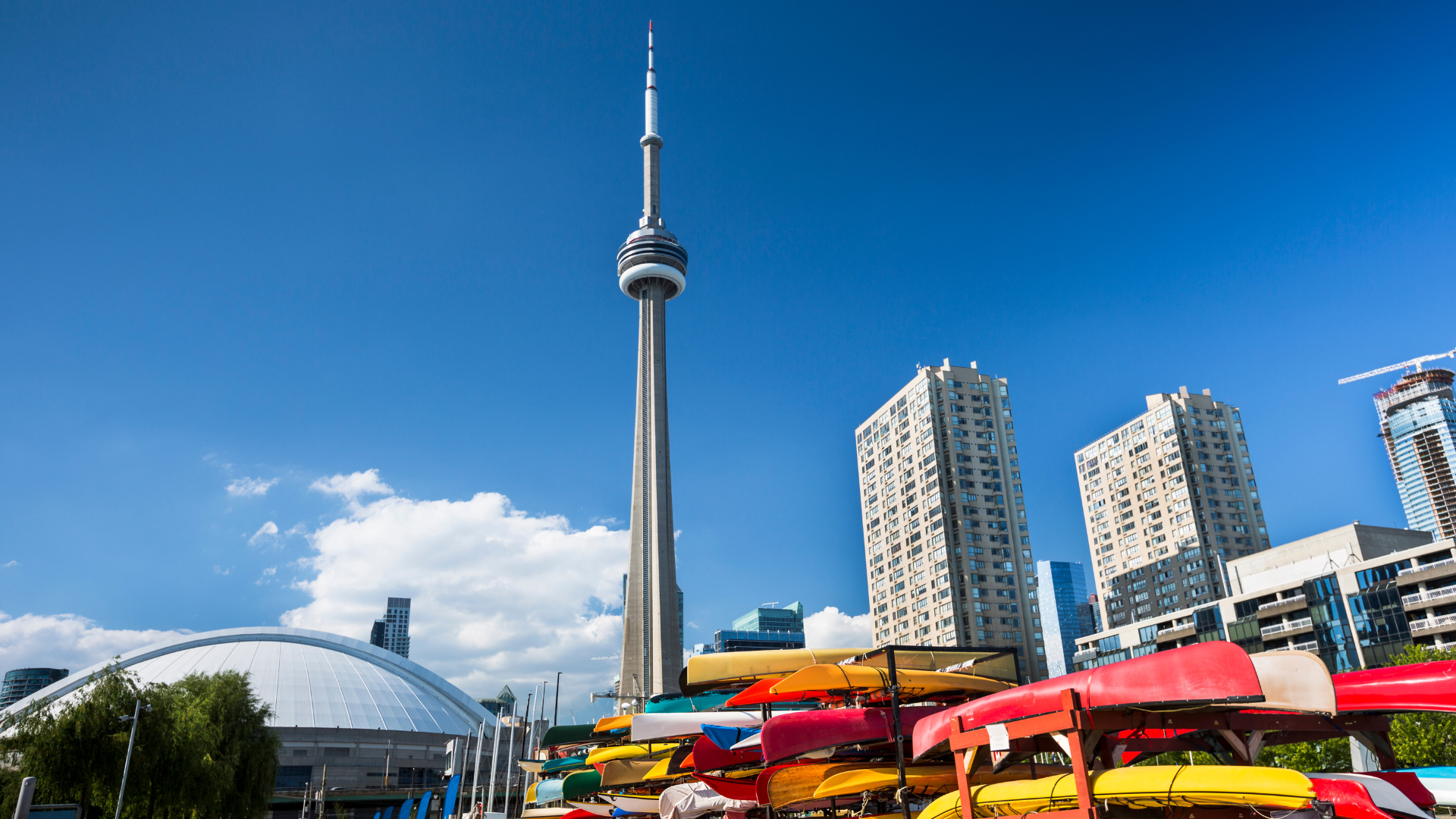Canada’s Immigration Update: Plans to Cut Immigration by 20% in 2025

Canada is set to reduce its immigration targets by 20%
starting in 2025. The government announced new goals for both permanent and
temporary residents, aiming to adjust immigration levels over the next three
years. Here's a breakdown of the changes and what they mean for Canada’s
immigration landscape.
Permanent Resident Targets Lowered for
2025-2027
In the latest Immigration Levels Plan, Canada
revealed revised targets for permanent resident admissions:
2025: 395,000 (down from 485,000 planned for 2024, and
500,000 in the previous 2024-2026 plan).
2026: 380,000 (previously 500,000).
2027: 365,000.
While overall targets have decreased, Canada will continue
to focus on economic immigration, which will make up a larger share of the
total admissions.
Focus on Economic Immigration
The new targets include a modest reduction in economic
immigration, decreasing by 17%:
2025: 232,150 economic immigrants (down from 281,000
previously planned).
Over 40% of these economic immigrants are expected to come from temporary
residents already living in Canada, such as international students and workers.
Breakdown of Permanent Resident Admissions by
Category (2025-2027)
The government outlined the following targets for each
immigration category:
Category
- Total
PR Admissions: 2025: 395,000, 2026: 380,000, 2027: 365,000
- Economic
Immigration: 2025: 232,150, 2026: 229,750, 2027: 225,350
- Family
Reunification: 2025: 94,500, 2026: 88,000, 2027: 81,000
- Refugees
& Humanitarian: 2025: 68,350, 2026: 62,250, 2027: 58,650
- French-Speaking
Admissions Outside Quebec: 2025: 8.5%, 2026: 9.5%, 2027: 10%
Prime Minister Justin Trudeau led the announcement,
highlighting Canada’s dedication to maintaining strong immigration policies
while managing population growth.
Provincial Nominee Program (PNP) Reductions
The biggest shift in the new plan is the significant
reduction in Provincial Nominee Program (PNP) targets:
2025: 55,000 (a drop from 110,000 planned for 2024 and
120,000 for 2025).
2026 & 2027: Targets remain at 55,000.
This marks a notable change in Canada’s approach to
provincial immigration, with more emphasis placed on federal programs.
Increase in High-Skilled Economic Immigration
While PNP targets have been reduced, the federal government
is increasing its focus on high-skilled economic immigration through
Express Entry:
2025: 124,680 (up from 110,770 planned for 2024).
2026: 123,230.
2027: 118,730.
This shift emphasizes the government’s commitment to
bringing in skilled workers through federal programs.
Growing Focus on French-Speaking Immigrants
Outside Quebec
Canada plans to increase the percentage of French-speaking
immigrants settling outside Quebec:
2025: 8.5% of all permanent residents.
2026: 9.5%.
2027: 10%.
This aligns with the government’s goal to boost Francophone
communities across the country.
New Targets for Temporary Residents
For the first time, Canada’s Immigration Levels Plan
includes specific targets for temporary residents, reflecting a
strategic reduction:
2025: 673,650 temporary residents.
2026: 516,600.
2027: 543,600.
This decision follows a year of adjustments to temporary
resident programs, with plans to reduce their share of Canada’s population from
7% to 5% by the end of 2026.
Study Permit Cap and Adjustments to
International Student Program
In 2024, Canada introduced a cap on study permits:
360,000 new study permits for undergraduate and college
students in 2024.
This cap now includes master’s and PhD students, with adjustments to
eligibility for Post-Graduation Work Permits (PGWP), restricting them to
in-demand fields.
Language requirements have been introduced for PGWP applicants, with CLB 5 for
college graduates and CLB 7 for university graduates.
Changes to the Temporary Foreign Worker Program
(TFWP)
The Temporary Foreign Worker Program (TFWP) has faced
several reforms:
Processing of Labour Market Impact Assessments (LMIAs)
has been paused in regions with high unemployment rates.
The length of low-wage TFWP permits has been shortened from two years to
one year.
These changes are part of an effort to address concerns
about reliance on temporary foreign labor.
Impact on Future Immigration Targets
Despite reducing the overall target for new permanent
residents, Canada’s 2025 goals remain higher than pre-pandemic levels. The
government emphasized that the plan is a "middle of the road"
approach, balancing population growth with the country's capacity to
support new immigrants.
Prime Minister Trudeau acknowledged that the changes are
politically driven as Canada gears up for upcoming elections.
This story is still developing, and additional details may
emerge as the plan unfolds. Stay tuned for more updates!





